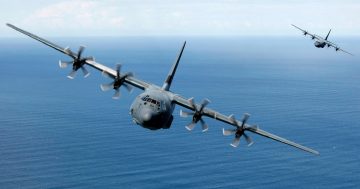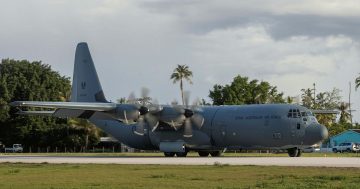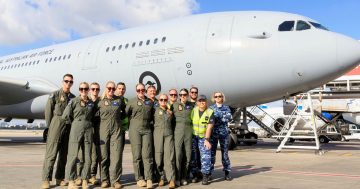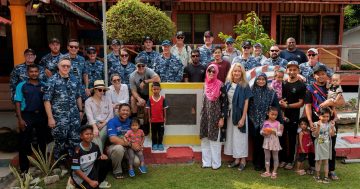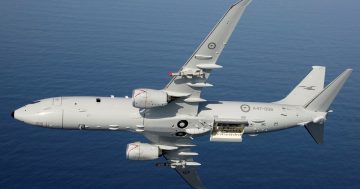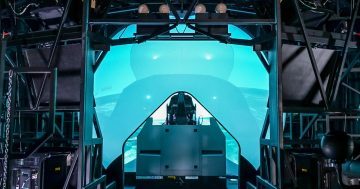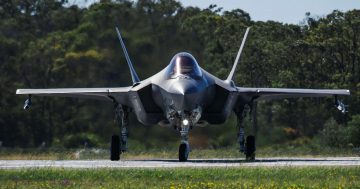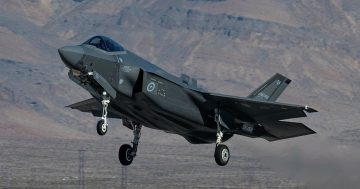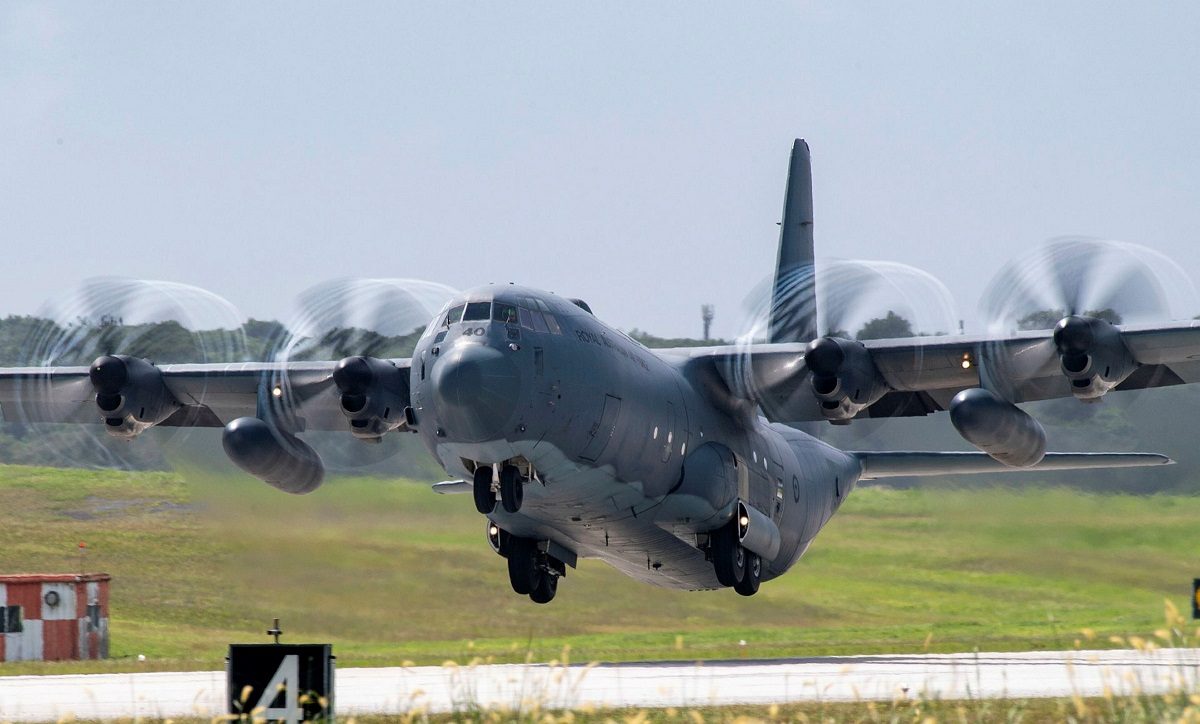
An RAAF C-130J-30 takes off while on exercise in Guam. Photo: ADF/US Air Force.
There are few aircraft – commercial or military – that have served for more than one generation. But those that have have done so because they have been all but impossible to replace.
For example, the venerable Boeing B-52 bomber entered US Air Force service in 1956, the last one was built in 1962. The US expects to upgrade the remaining aircraft with new engines from next year so they can remain in service until 2050… long after two of its supposed replacements – the B-1B Lancer and B-2A Spirit – have been retired.
The Bell UH-1 Iroquois helicopter is another example. The first Bell 204 flew in 1956, and entered service as the HU-1 (later UH-1) in 1959. The ‘Huey’ as it was nicknamed, featured prominently in Vietnam with the US, as well as serving with the Royal Australian Air Force and Navy until 2004. Newer versions continue in service with the US Marine Corps and Air Force respectively, while advanced twin-engine derivatives are still in production for civilian and parapublic roles as the Bell 212 and 412.
Commercially, the Boeing 747 first flew in 1969, and remained in production through six different major model iterations until earlier this year. The 747-400 and 747-8 passenger and -8F freighter models are expected to remain in service for at least another 15-20 years.
And then there’s the Lockheed Martin C-130 Hercules, a ubiquitous airlifter originally designed to replace an aircraft no-one thought could be replaced, the Douglas DC-3/C-47. The First YC-130A flew in 1954, and the C-130A Hercules entered service with the US Air Force in 1956.
Australia was the first export customer for the C-130A with deliveries starting in late 1958, making 2023 the 65th anniversary of the C-130 Hercules in Royal Australian Air Force (RAAF) service.
The RAAF has operated 12 each of four different versions of the ‘Herc’; the original C-130A from 1958 to 1978, the C-130E from 1966 to 2000, the C-130H from 1978 to 2012, and the current C-130J-30 which entered service in 2000. And from 2027, a new batch of 24 C-130J-30s will replace the current aircraft and expand the fleet, meaning the type will continue on in RAAF service for at least another 25 years.
The models operated by the RAAF all had visual differences which made them easy to distinguish. The C-130A retained a polished-metal finish and had three-bladed propellers; the C-130E had a white upper fuselage and light gloss grey lower fuselage paint scheme, and the C-130H initially had a gloss camouflage and later a dark grey paint scheme.
The C-130J-30 is visibly longer than the other Hercules models. It initially had a matt light grey paint scheme before this was changed to dark grey from 2012, and its engines have swept six-bladed propellers.

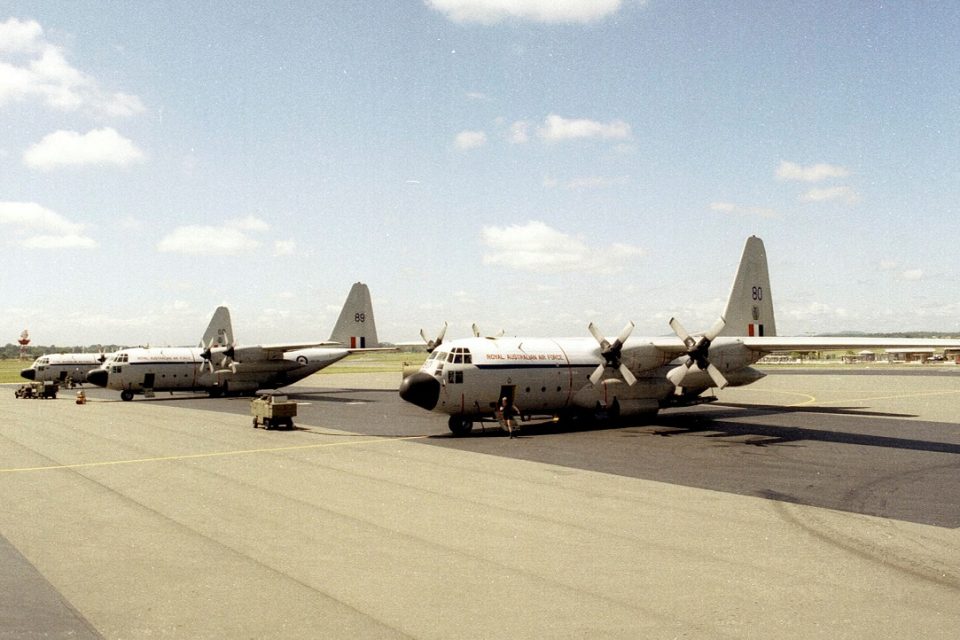
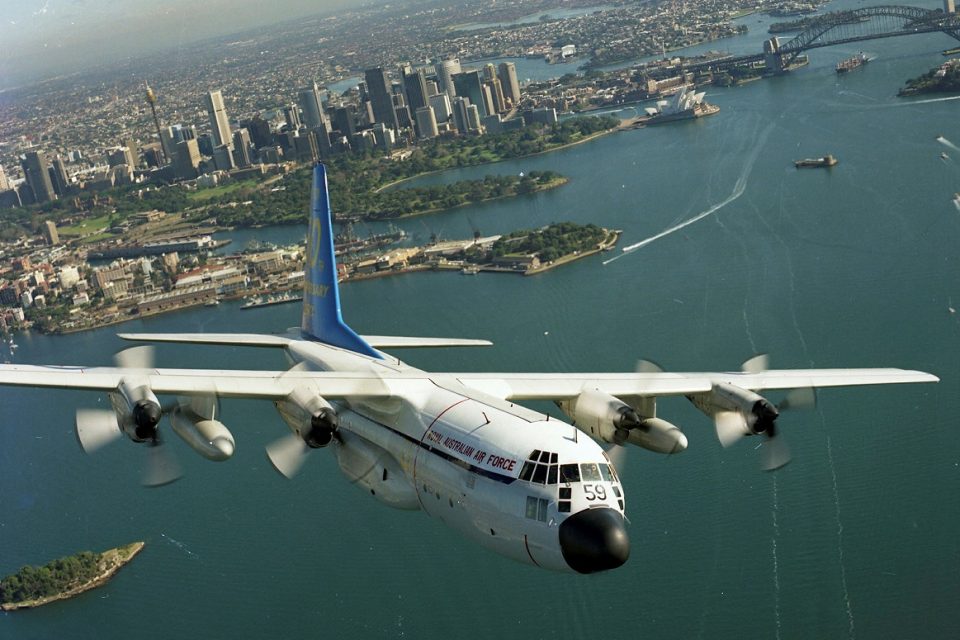
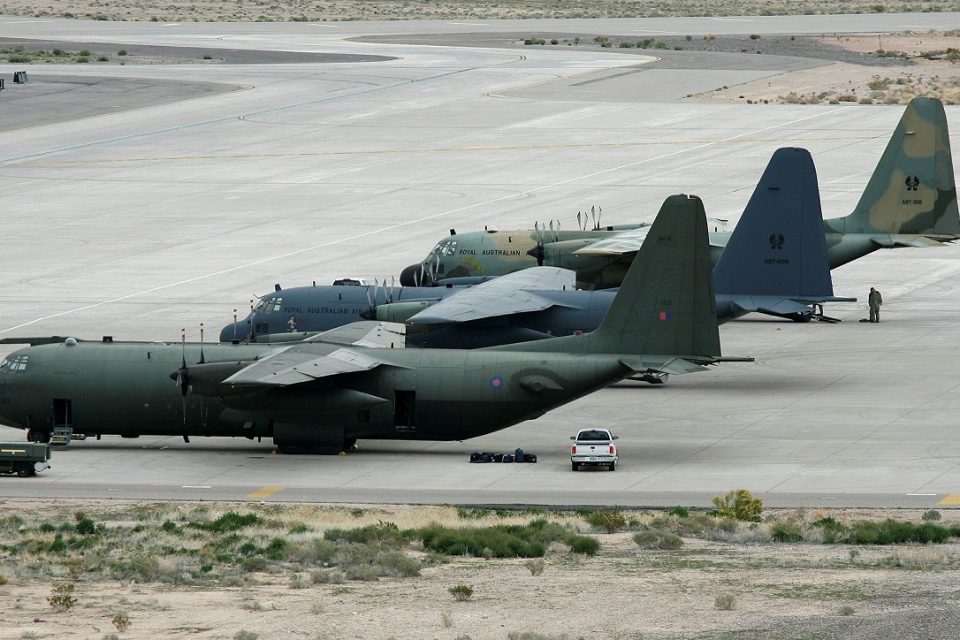
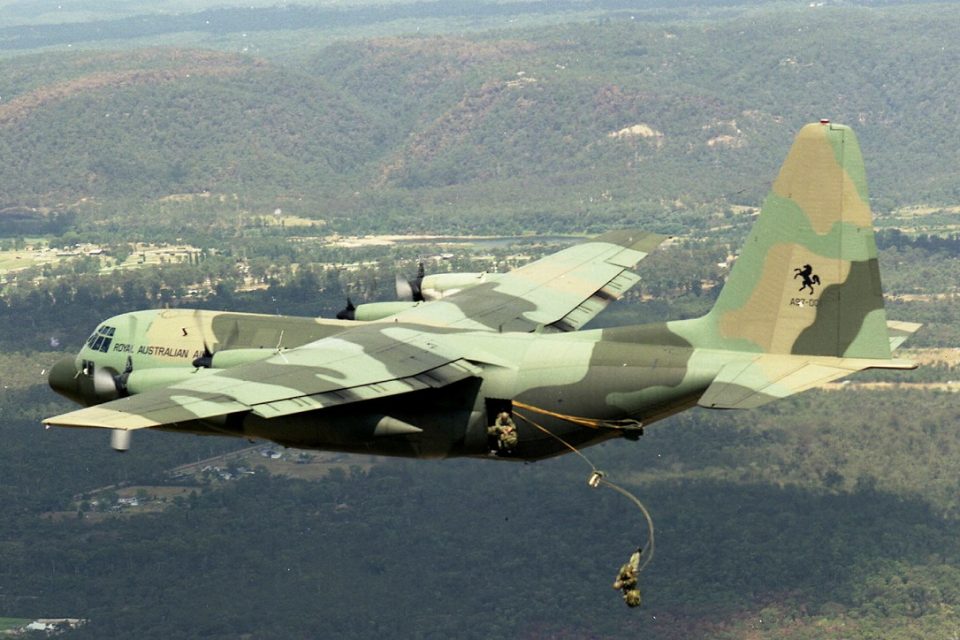
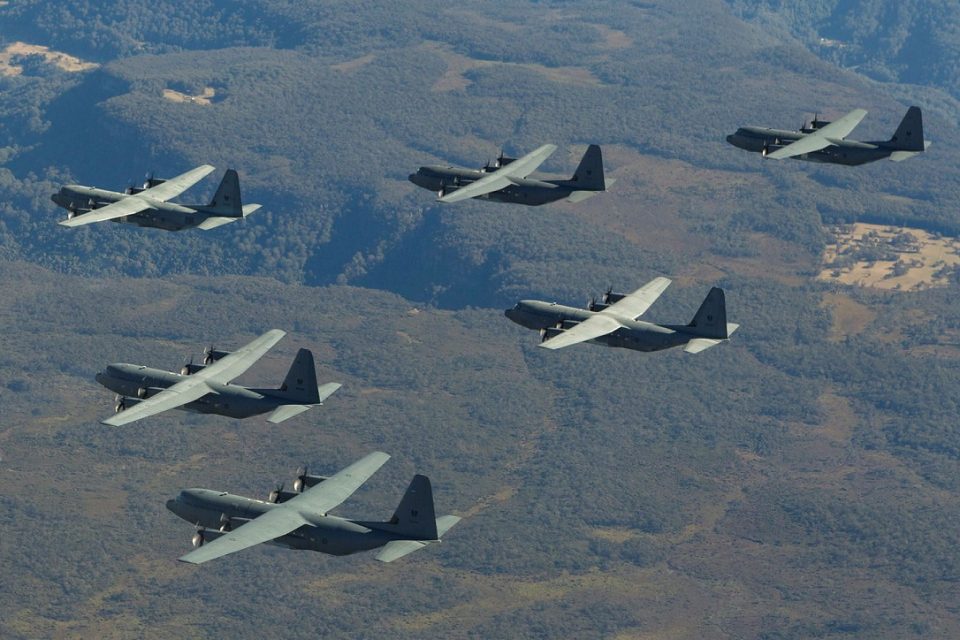
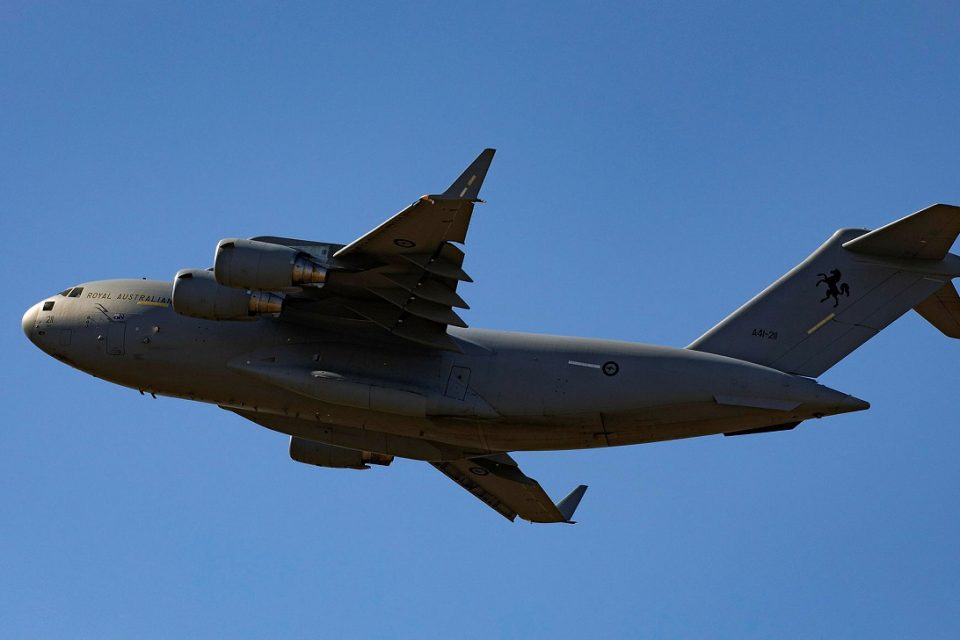
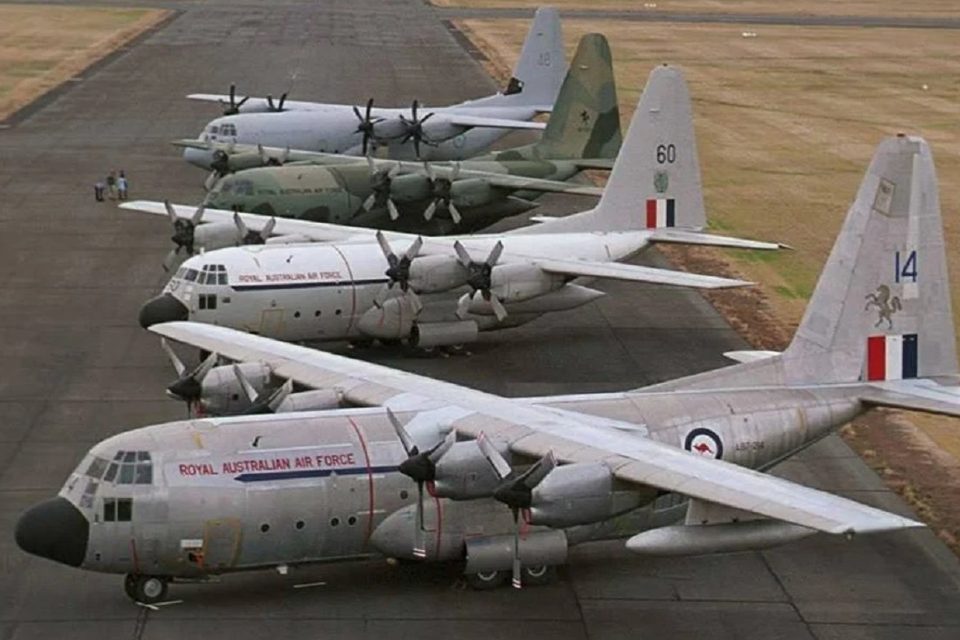
All of the RAAF’s Hercules have been based at Richmond near Sydney with Nos 36 and 37 Squadrons. In total, the RAAF’s 48 C-130s have flown about 900,000 accident-free hours in service – many of these in active warzones. This is a remarkable record over a 65-year period, and a real testament to the aircraft’s robust design and forgiving handling.
Many of these warzones include Vietnam, Sinai, Cambodia, Somalia, Timor Leste, Afghanistan and Iraq. Non-combat operations have included long-range search and rescue missions around the region, the search for MH370 in the southern Indian Ocean, support for Australia’s Antarctic operations, and humanitarian assistance and disaster recovery (HADR) missions in Indonesia, Pakistan, the Solomon Islands, Fiji, Tonga, PNG, and other regional partner nations, as well as in Australia.
When the C-130As were retired in 1978, one was retained by the RAAF Museum at Point Cook near Melbourne, at least three flew on with private operators in the US and Philippines until as late as 2014, a few were broken up for spare parts, and two were operated by the Pakistan Air Force.
Some of the C-130Es also enjoyed a life after the RAAF. Seven went to Pakistan, one to the RAAF Museum, and a few were retained by the ADF to be used for battle damage repair training or were converted to loadmaster trainers at Richmond.
When the C-130Hs were retired, four were gifted and five were sold to Indonesia (and all but one are believed to still be operational), two were converted into a loadmaster training airframe at Richmond, and one was retained for the RAAF Museum.
While the C-130A was replaced in service by the H model, and the C-130E was replaced by the longer J model, the C-130H was replaced by the much larger Boeing C-17A Globemaster III jet, eight of which are in RAAF service at Amberley west of Brisbane. The C-17 can carry almost four times the load of a C-130 more than twice as far and is 50 per cent faster. But it lacks the short and soft airfield capability of the Herc.
It is not yet known what will become of the current C-130J-30s, although the RAAF and its industry partners’ meticulous maintenance and safety records mean buyers will likely be found.
The 24 new C-130J-30s are expected to be delivered from 2027, but are not yet on contract. A November 2022 US State Department approval of a possible sale to Australia says the program is expected to cost in the region of US$6.36bn (A$9.65 billion), and will include updated cargo-handling systems, more integrated electronic warfare and communications systems, and more advanced radars and other sensors better suited to operating in a modern threat environment.
Original Article published by Andrew McLaughlin on Riotact.


